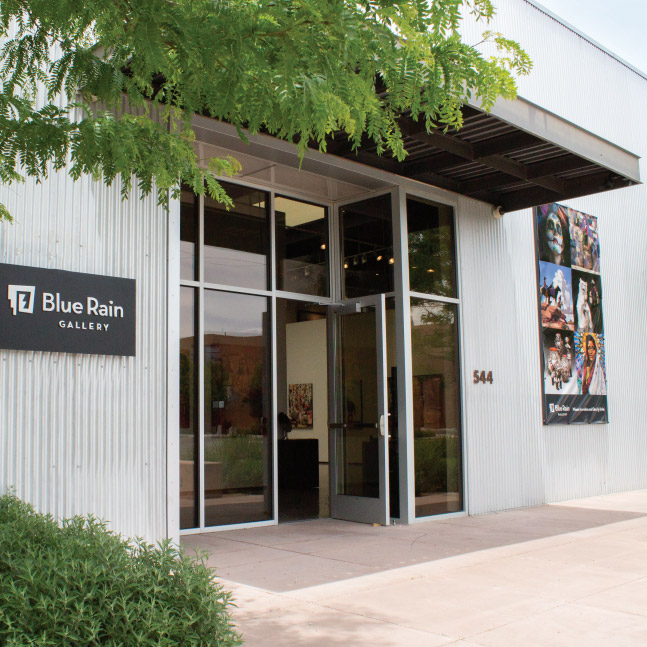Nothing quite like Al Qoyawayma's pottery has ever existed before. Deeply rooted in Native American traditions, his creations embody a rich heritage of craftsmanship and storytelling. Contemplative by nature, Al can be studiously quiet at times, but his passion for clay and its cultural significance shines through when he speaks, often with great enthusiasm.
As a descendant of the Coyote Clan, Qoyawayma (pronounced ko-YAH wy-mah) carries forward the Sikyatki tradition of ceramics, which dates back to 1400 A.D. and earlier. This style traces its origins to the low-shouldered forms of the Sikyatki culture, believed to be of Keres-speaking peoples rather than Hopi. The Sikyatki tradition, first documented by the Smithsonian in the 1890s, inspired the creative style of Nampeyo (Hano-Tewa) and shaped today's Hopi-Tewa pottery traditions.
Al's artistry was significantly influenced by his aunt, Polingaysi Qoyawayma (also known as Elizabeth Q. White), who instilled in him the aesthetics and philosophy of their ancient pottery heritage. His work also draws inspiration from his relative Charles Loloma, a renowned innovator in ceramics and jewelry, and his father, Poliyumptewa, a talented painter.
Today, Al's ceramics are celebrated at Blue Rain Gallery in Santa Fe, NM, where collectors describe his work as timeless, sensuous, sublime, elegant, and perfected. His pieces reflect the hues and shadows of the high desert landscape, merging tradition with innovation. Known for his original sculptural and repoussé techniques, Al considers himself an experimentalist, creating in an eclectic, minimalist style. His goal is to capture the timelessness of Native American pottery and express the migration and origin myths of the Americas.
Al's celebrated architectural series and large vases adorned with dancing figures showcase his innovative approach to form and storytelling. In recent years, he has introduced a new carved polychrome style, featuring intricate reliefs of feathers, dancers, insects, and other symbols. These motifs are incised and sometimes placed on recessed planes, creating multiple surface textures within the same piece. Polychrome surfaces are painted and polished with continuous gradients of color, reminiscent of oil painting techniques.
Influenced by his Native culture, Al sees little separation between art, science, and spirituality. His diverse creations span patented high-technology innovations and groundbreaking pottery. A champion of education, Al has served a six-year Presidential appointment as Vice-Chairman of the Institute of American Indian Arts (IAIA) and co-founded the American Indian Science and Engineering Society (AISES), supporting Native students and professionals.
Through his work, Al Qoyawayma honors the profound legacy of Native American pottery while pushing its boundaries. Visitors to Blue Rain Gallery in Santa Fe can witness his unique creations firsthand, a testament to the enduring spirit of cultural heritage and artistic evolution.





